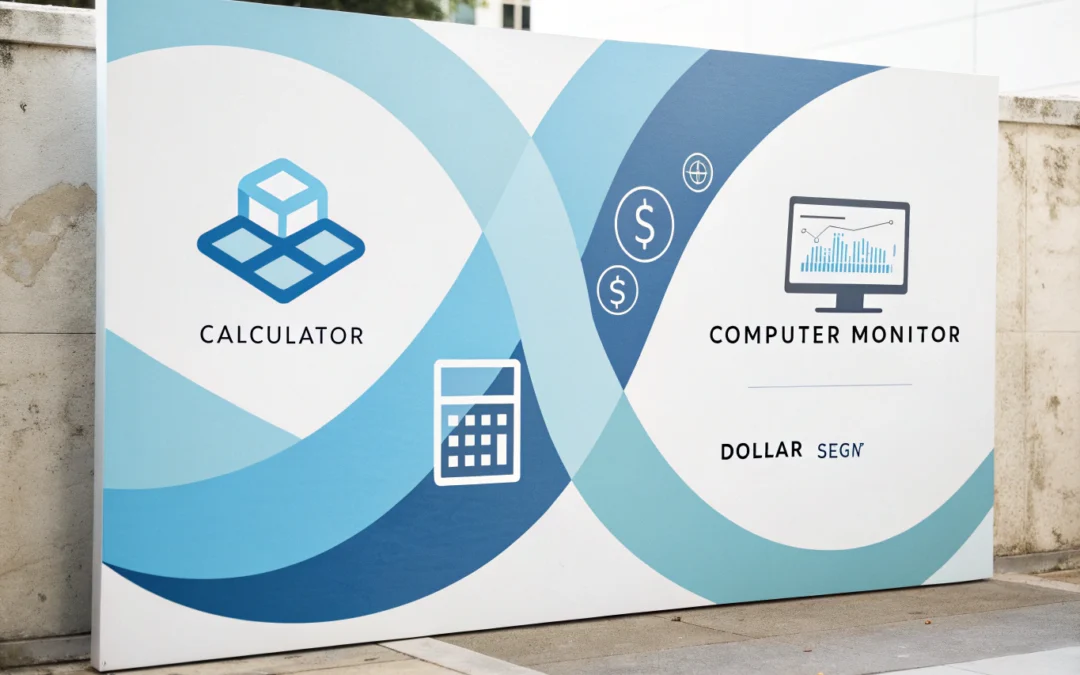Decoding the Labyrinth of Amazon Seller Fees
Let’s face it, navigating the world of amazon seller fees can feel like trying to solve a Rubik’s cube in a dark room. It’s not just about paying to play; it’s about understanding where your money goes and how these fees impact your bottom line.
The Anatomy of Amazon Fees
Imagine Amazon as a bustling marketplace, teeming with opportunities and hidden costs. The fees associated with selling on this platform are like the tolls on a sprawling interstate highway. They’re the cost of doing business in a digital marketplace that reaches millions.
First, there’s the referral fee, which is Amazon’s cut from each sale. Think of it as the price you pay for accessing their vast audience. It’s like paying rent in a prime retail location, except your store is virtual, and your customers are global. Then there’s the subscription fee for professional sellers, a flat rate that lets you list as many items as you wish. It’s akin to a gym membership—pay it regularly, and you can use the facilities as much as you like. To further manage these costs, explore Software Solutions for Amazon Reimbursement Policy that can help in recovering fees where applicable.
FBA: The Convenience and the Cost
Fulfillment by Amazon (FBA) is another layer in this fee tapestry. By opting into FBA, you’re essentially hiring Amazon as your personal logistics team. They store, pack, and ship your products, which sounds fantastic until you see the bill. The fees here are based on weight and dimensions, turning your inventory into an algebraic equation of profitability.
Some sellers see FBA as a transformative element in their ecommerce strategy. It’s like having a super-efficient intern who takes care of all the mundane tasks, allowing you to focus on scaling your business. However, this convenience comes at a price, and it’s crucial to constantly weigh the benefits against the costs.
The Hidden Costs
Beyond the obvious fees, there lurk additional costs which can sneak up on you like a stealthy ninja. These include long-term storage fees and advertising costs. Amazon’s advertising platform can boost your visibility, but it’s easy to overspend if you’re not careful. It’s akin to a double-edged sword; wield it wisely, and it can be your greatest ally, but mishandle it, and it can cut into your profits.
Strategizing for Success
So, how do you navigate this complex fee structure? Begin by understanding your margins. Know your products’ profitability before you ever list them. Use Amazon’s fee calculators to forecast potential earnings and expenses. This may seem like a tedious task, but it’s vital for making informed decisions.
Next, continuously monitor your inventory. Avoid long-term storage fees by keeping your stock lean and agile. It’s like maintaining a race car—keep it light, fast, and ready for the track. Additionally, consider Software Solutions for How to Resell on Amazon to streamline your selling process and maximize profitability.
Finally, be strategic with your advertising. Set clear budgets and targets. Test various campaigns and refine them based on performance. Treat it as a scientific experiment, where data drives your decisions.
Conclusion: Mastering the Marketplace
In this intricate dance of amazon seller fees, knowledge is your best partner. The more you understand the fee structure, the better equipped you’ll be to optimize your strategy. Remember, fees are not just costs—they’re investments in your business’s potential.
As you navigate this landscape, keep your focus on the bigger picture. Use the tools and insights available to you, and transform these fees from obstacles into opportunities. The marketplace is vast and complex, but with the right approach, you can turn it to your advantage. Now, go out there and make your mark!
Checkout ProductScope AI’s Studio (and get 200 free studio credits)

